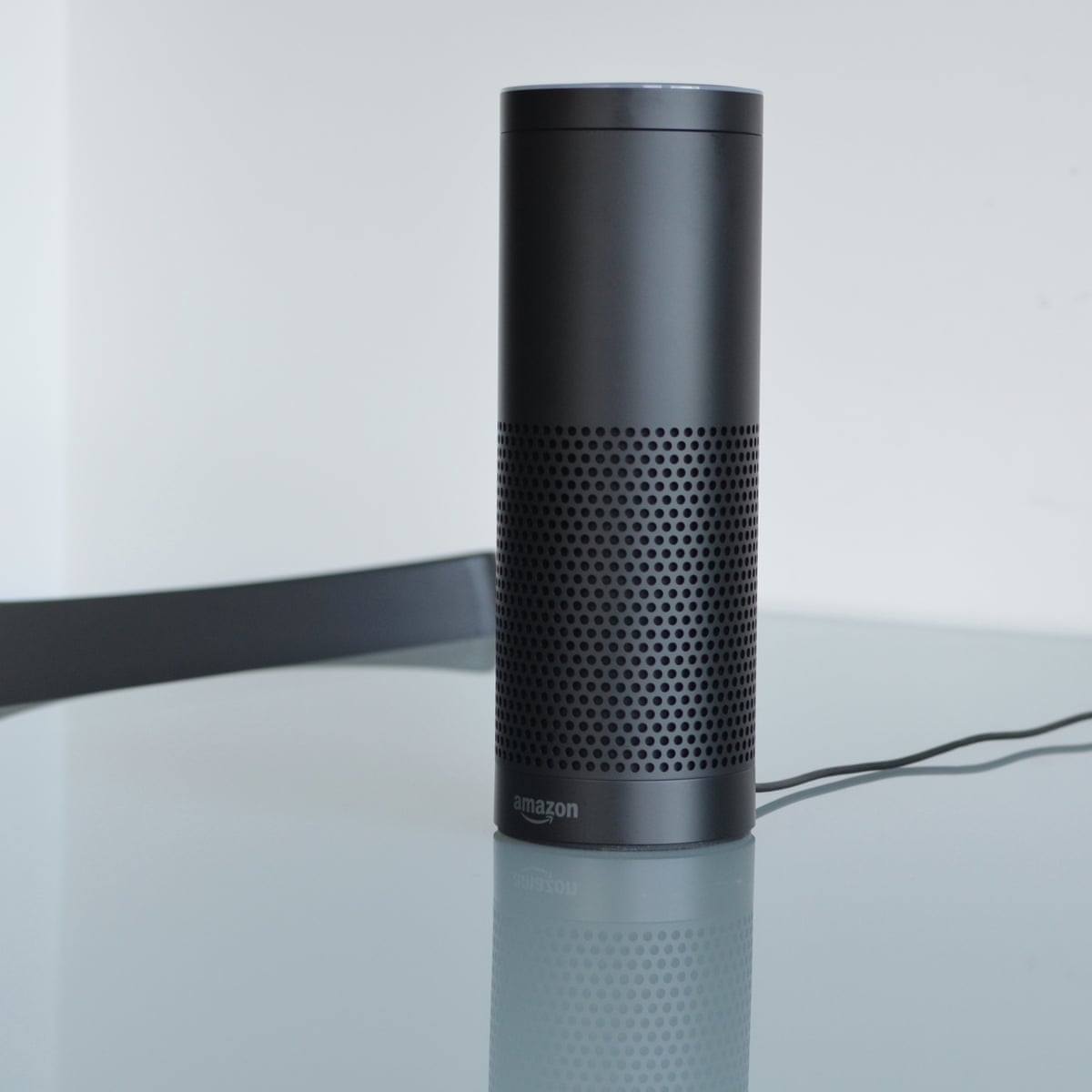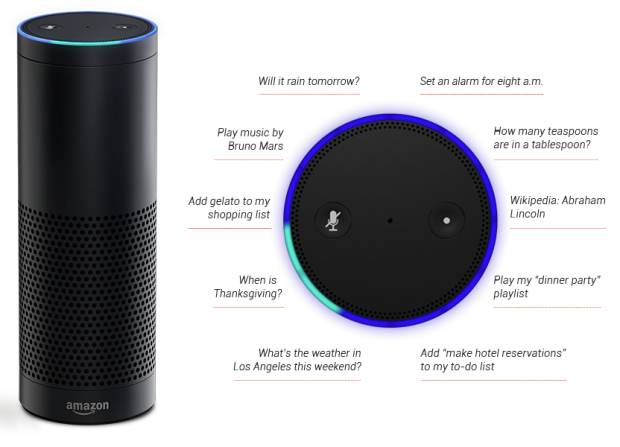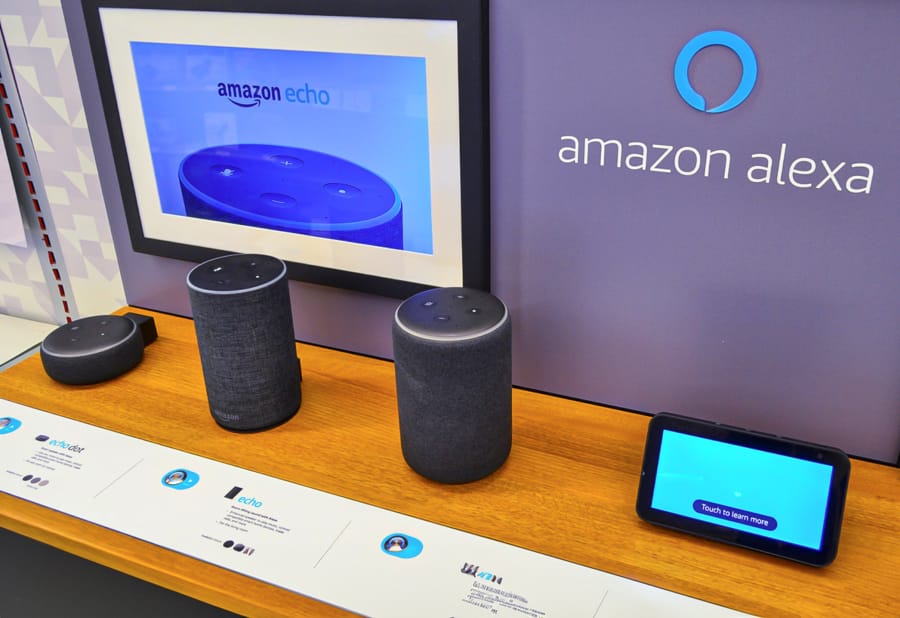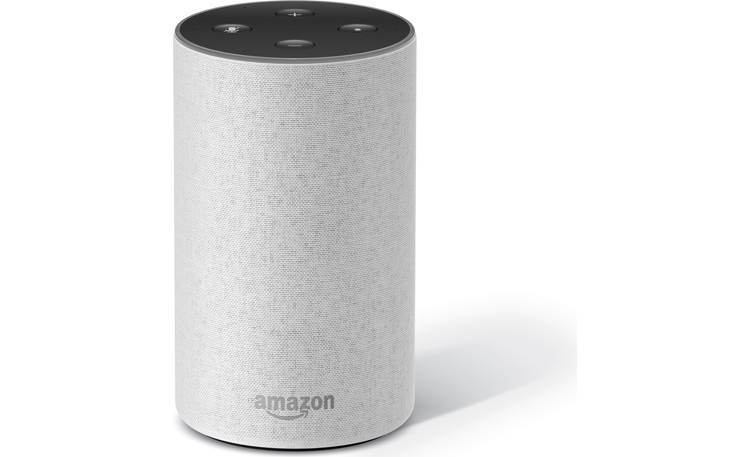
Canadian Voice Assistant Showdown: Alexa vs Google vs Siri in 2025
Comprehensive comparison of Alexa, Google Assistant, and Siri for Canadian smart homes. Analyze bilingual capabilities, routine features, privacy controls, and which platform works best for French/English households.

Bilingual Voice Control: Setting Up English/French in Canadian Smart Homes
Configure bilingual voice control for Canadian households. Learn how Google Assistant's two-language mode works, Alexa's language capabilities, and Siri's regional limitations for seamless French/English smart home control.

Multi-Room Audio Setup: Sonos Integration with Canadian Voice Assistants
Design whole-home audio with Sonos integration in Canadian homes. Learn speaker placement, grouping strategies, voice commands, and how to maximize audio quality while maintaining smart home control across rooms.

Voice Assistant Privacy: Data Collection, Storage, and Deletion in Canada
Understand privacy implications of voice assistants in Canadian homes. Learn about data collection, storage locations, deletion controls, and how PIPEDA affects voice data handling by Amazon, Google, and Apple.

Smart Routines for Canadian Seasons: Voice Automation That Actually Works
Create powerful voice routines for Canadian smart homes. Learn morning, evening, and seasonal routines that coordinate lighting, climate, and security while adapting to Canadian daylight patterns and weather.

Voice Recognition Optimization: Improving Accuracy in Canadian Accents
Optimize voice recognition for Canadian accents and pronunciations. Learn how to train voice assistants, improve device naming, reduce false activations, and ensure reliable control in multilingual Canadian households.

Voice Assistant Integration: Coordinating Alexa, Google, and Siri in One Home
Run multiple voice assistants in Canadian smart homes. Learn interoperability strategies, device allocation, routine coordination, and how to avoid conflicts while maximizing each platform's unique strengths.

Guest Voice Access: Temporary Permissions and Privacy in Canadian Homes
Manage guest access to voice assistants while protecting privacy in Canadian homes. Learn temporary permissions, family controls, voice profile management, and how to balance convenience with security for visitors and contractors.